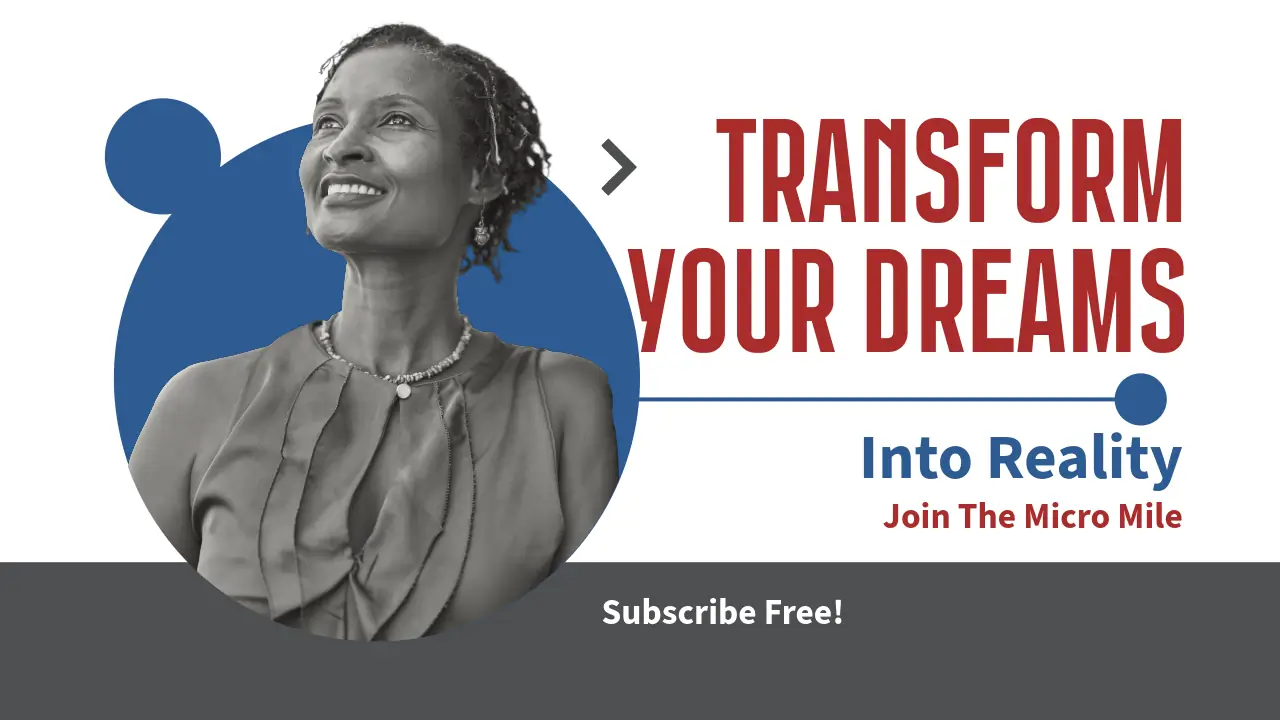- 1. Understand Your Audience’s Needs
- 2. Use Analytics Tools
- 3. Create Buyer Personas
- 4. Segment Your Audience
- 5. Utilize Social Media Platforms
- 6. Implement A/B Testing
- 7. Leverage Email Marketing
- 8. Analyze Competitor Strategies
- 9. Create Engaging Content
- 10. Gather Feedback Regularly
1. Understand Your Audience’s Needs
Research Your Target Market
To effectively target your audience, you need to start by understanding their needs. Conduct thorough research using surveys, focus groups, and interviews to gain insights into what your potential customers are looking for.
For example, if you’re a skincare brand, knowing what problems your target audience facesâlike acne or dry skinâcan help you create tailored solutions. Consider employing tools like Google Trends to see what people are searching for in real time, ensuring your efforts align with their needs.
Evaluate Pain Points
Identifying pain points is crucial for effective targeting. Once you know what they need, delve deeper into their challenges. How does your product solve these issues? For instance, if you offer time-saving apps, highlight how your app streamlines tasks for busy professionals.
This understanding not only sharpens your messaging but also increases conversion rates as customers feel seen and understood.
2. Use Analytics Tools
Track User Behavior
Utilizing analytics tools is essential to effectively target your audience. Tools such as Google Analytics help you monitor user behavior on your website, revealing which pages resonate most with visitors.
Understanding metrics like bounce rates and session duration allows you to tweak your content strategy. For example, if your blog posts keep visitors engaged longer than product pages, consider enhancing your product descriptions and visuals.
Adjust Marketing Strategies
Once you gather and analyze this data, itâs time to adapt. Use insights gained to refine your marketing strategies. If a specific ad campaign drives more conversions, invest more resources there.
3. Create Buyer Personas
Define Detailed Personas
Creating buyer personas can further help you target your audience accurately. These semi-fictional characters embody your ideal customers and are based on real data and market research.
Make sure to include demographics, backgrounds, and consumer behavior in your persona profiles. This approach creates a clearer vision of who youâre speaking to, allowing for a more personalized marketing approach.
Utilize Personas in Campaigns
Once you have defined these personas, ensure they play a pivotal role in your campaigns. Tailor content, messaging, and offers to speak directly to each persona’s interests, maximizing engagement and conversions.
4. Segment Your Audience
Audience Segmentation Techniques
Segmenting your audience lets you effectively target your audience by dividing them into smaller groups based on shared characteristics. You can segment based on demographics, behavior, geography, and more.
For instance, an e-commerce company may target newcomers with special discounts while offering loyalty rewards to returning customers, demonstrating an understanding of varied needs.
Personalize Marketing Messages
With segmented audiences, you can personalize your marketing messages significantly. Tailoring email subject lines or social media ads ensures that each group feels valued and directly spoken to.
5. Utilize Social Media Platforms
Choose the Right Platforms
Different social media platforms cater to different demographics. To effectively target your audience, choose platforms that align with where your potential customers spend their time. For example, LinkedIn is great for B2B marketing, while Instagram is perfect for visually appealing consumer products.
Additionally, consider the type of content that performs best on each platform. Videos may work well on Instagram, while detailed articles may do better on Facebook.
Engage with Your Audience
Regular engagement is key. Responding to comments, sharing user-generated content, and participating in conversations keeps your brand top of mind while also building a community around your product.
6. Implement A/B Testing
Test Different Approaches
A/B testing involves comparing two versions of content to identify which one performs better. This is crucial for effectively targeting your audience by optimizing your marketing efforts based on measurable results.
Consider testing headlines, images, call-to-action buttons, and email content. Analyze the results to see which version better resonates with your audience.
Iterate Based on Results
Once you determine the winning variations, implement them into your overall strategy. Continuous iteration ensures that you remain adaptable to your audienceâs preferences and behaviors.
7. Leverage Email Marketing
Build a Targeted Email List
Email marketing remains one of the most effective channels to target your audience. Start by building a list of subscribers who are genuinely interested in your offerings through opt-in forms, lead magnets, and engaging content.
Segment your email list based on user behavior and preferences. This way, you can send personalized messages that cater to each segment, driving higher engagement rates.
Craft Meaningful Content
Crafting meaningful email content is essential. Focus on providing value with each email, whether thatâs through helpful tips, exclusive offers, or relevant industry news. Your aim should be to nurture the relationship with your audience.
8. Analyze Competitor Strategies
Research Your Competitors
Examining your competitors can provide invaluable insights into effective strategies to target your audience. Identify what works well for them by analyzing their content, engagement methods, and audience interactions.
Create a competitive analysis report to pinpoint what unique value propositions you can offer that they do not, allowing you to fill gaps in the market.
Utilize Insights for Improvement
Once you gather all this information, use it to refine your own strategies. Consider how you can better serve the audience and differentiate from competitors.
9. Create Engaging Content
Content that Resonates
Creating engaging content is a crucial element in your quest to effectively target your audience. Focus on producing high-quality articles, videos, infographics, and podcasts that provide value and resonate with your audience’s interests.
Utilize storytelling techniques to enhance emotional connections. People are more likely to share and engage with content they can relate to personally.
Optimize for SEO
Incorporating relevant keywords, including ‘target your audience’, into your content ensures it is visible in search engines, allowing new users to discover your offerings organically. For maximum impact, balance keyword usage with natural flow.
10. Gather Feedback Regularly
Encourage Customer Feedback
Regular feedback from your customers is essential. Utilize surveys, feedback forms, and direct communication to understand how well you are meeting their needs. This active engagement shows that you value their opinions.
For example, you could send out a survey after a purchase, asking what they liked, what could be improved, and how your product fits into their lives. This continuous loop of feedback helps refine your target audience approach.
Use Feedback to Adapt Strategies
Once you gather feedback, analyze the data to identify trends and areas of improvement. Adapt your strategies accordingly to ensure you are always evolving and effectively targeting your audience.
Frequently Asked Questions
How can I effectively target my audience?
To effectively target your audience, start with thorough research to understand their needs, use analytics tools, create buyer personas, segment your audience, and personalize your messaging.
What tools can I use to analyze my audience?
There are several tools available, including Google Analytics for web behavior tracking, social media insights for online engagement, and survey platforms for direct audience input.
Why is audience segmentation important?
Segmenting your audience ensures that you can tailor your marketing messages to meet the specific needs and preferences of different groups, leading to higher engagement and conversion rates.
What are some effective social media platforms for targeting audiences?
Platforms like Facebook, Instagram, LinkedIn, and Twitter each have distinct user demographics, making them suitable for different targeting strategies based on your audience’s preferences.
How often should I gather feedback from my audience?
Regular feedback is essentialâconsider conducting surveys quarterly or after specific campaigns to ensure youâre adapting to your audience’s changing needs.
Conclusion
In the competitive landscape of 2025, effectively targeting your audience is crucial to stand out and maximize your marketing efforts. By implementing the ten powerful strategies outlined in this article, you can ensure that your messages resonate, engage, and convert. Whether through understanding needs, leveraging analytics, or harnessing social media, focus on strategies that enable you to genuinely connect with your target audience.


